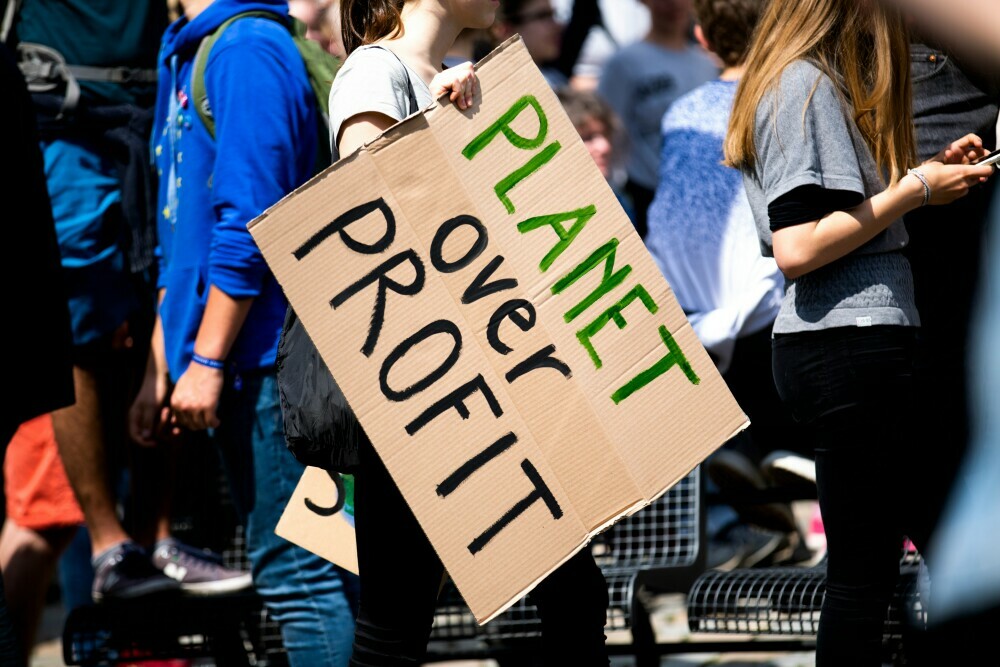
Our Changing Planet: Climate Change and the Impact on Nature
The Earth’s climate is constantly evolving, but the dramatic changes we’re witnessing today are unlike anything we’ve seen in human history. Climate change, often used interchangeably with global warming, refers to the long-term alteration of temperature and typical weather patterns in a place. This phenomenon, primarily driven by human activities, is having a profound impact on the natural world, posing a significant threat to the delicate balance of our ecosystems.
The Science is Clear: Understanding the Causes and Effects
The vast majority of scientists agree that human activities, primarily the burning of fossil fuels like coal, oil, and gas, are the dominant cause of climate change. These activities release greenhouse gases like carbon dioxide into the atmosphere, trapping heat and causing global temperatures to rise.
Discerning reliable information about climate change is crucial. Seek out reputable sources like the Intergovernmental Panel on Climate Change (IPCC), the leading international body for the assessment of climate change, and established scientific organizations.
Nature’s Warning Signs: Observable Impacts on Ecosystems
The consequences of climate change are already being observed around the globe:
- Rising temperatures: The average global temperature has increased by about 1 degree Celsius since the pre-industrial era, with some regions experiencing even greater warming.
- Altered precipitation patterns: Changes in rainfall and snowfall patterns are leading to more extreme weather events, including droughts, floods, and heatwaves.
- Ocean acidification: As the oceans absorb more carbon dioxide, they become more acidic, harming marine life, especially those with calcium carbonate shells.
A Cascade Effect: Biodiversity Loss and Species at Risk
These changes have a domino effect on natural ecosystems. Rising temperatures are forcing species to migrate to cooler areas, disrupting established food chains and ecological balances. Habitat loss and fragmentation, often caused by climate-driven phenomena like wildfires and rising sea levels, further threaten the survival of countless species.
Case in point: The Great Barrier Reef, once teeming with life, is experiencing mass coral bleaching due to rising water temperatures. Similarly, the Amazon rainforest, crucial for regulating global climate, faces increased deforestation and fires due to a combination of factors, including climate change.
Beyond the Numbers: Impacts on Animal and Plant Life
Climate change disrupts the delicate balance of nature, impacting not just the distribution of species but also their reproductive cycles and survival rates. Phenological shifts, such as earlier blooming times for plants or changes in animal migration patterns, are disrupting established ecological relationships.
Conservation efforts are becoming increasingly crucial to protect vulnerable species and maintain biodiversity, which is essential for healthy ecosystems and the services they provide, such as clean air and water.
Individual and Collective Action: The Way Forward
While the situation may seem daunting, it’s important to remember that we are not powerless. Individual actions, such as reducing our carbon footprint by using renewable energy sources, adopting sustainable consumption habits, and supporting responsible businesses, can collectively make a significant difference.
Governments and international organizations also have a critical role to play by implementing policies and regulations that promote renewable energy sources, conserve natural habitats, and reduce greenhouse gas emissions.
Technological advancements are offering valuable tools for monitoring and improving natural environments. Utilizing these advancements alongside education, advocacy, and supporting conservation efforts will be crucial in mitigating the impacts of climate change and ensuring a healthier planet for future generations.
Remember, we all share the responsibility to protect our planet. By understanding the science, taking action, and inspiring others, we can work together to create a more sustainable future for nature and ourselves.

